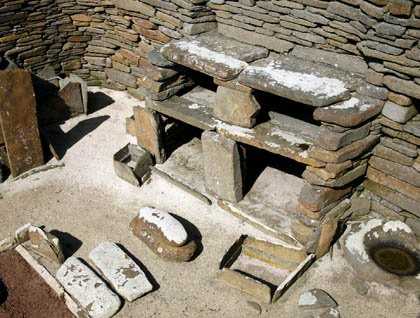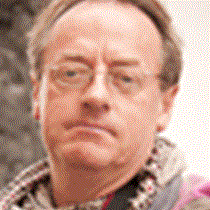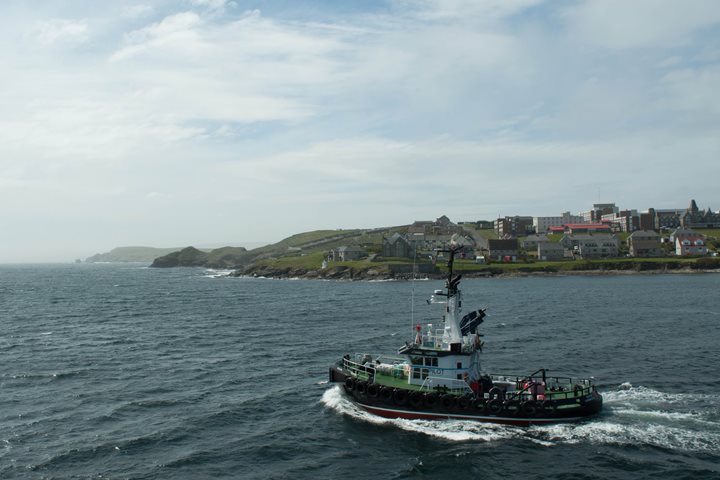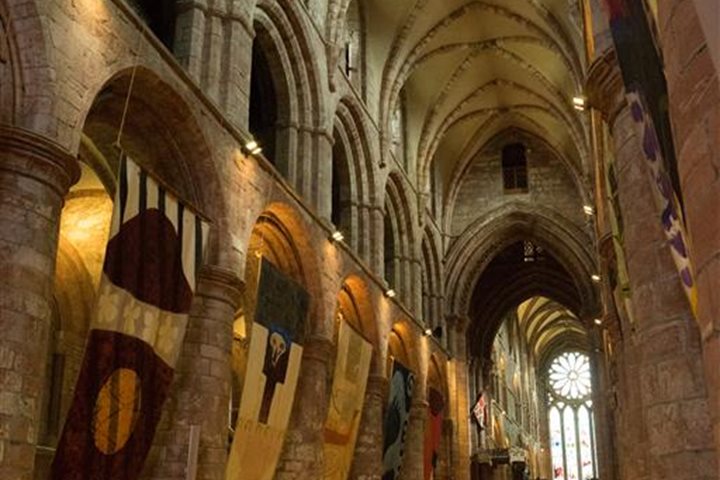A squall in the distance, a patchwork of layered greys, slowly traversed the landscape as National Geographic Explorer approached Kirkwall, the principal town of the Orkney Islands. It was a fresh morning, a light breeze blowing in from the south. The extraordinary rich archaeological heritage of mainland was very much the focus of our day here.
These islands have been occupied since the end of the Ice Age some 11,000 years ago. Initially nomadic bands of hunter-gatherers lived off the seasonal bounties of nature. This was all to change with the arrival of early agriculturalists in the fourth millennium B.C. Settled communities were established, crops planted, and domestic animals bred. A village belonging to these people was discovered in 1850 at Skara Brae when the top of a sanddune was shorn off during a storm. A number of exceptionally well preserved stone-built houses had lain for millennia encased in sand. During the morning we visited this site. The monument has been sensitively developed as a visitor attraction. One can gaze down into the actual interiors of these ancient structures. Archaeological excavation of the remains indicates that this neolithic village was occupied continuously over a period of 600 years before being abandoned at the beginning of the Bronze Age sometime around 2,500 B.C. Everything was fashioned in stone—the house walls, the beds, the dressers, the hearths.
A relatively short distance away is the Ring of Brodgar, a site contemporary with the village of Skara Brae, whose inhabitants may very well have been involved in the construction of this impressive stone circle. It is speculated that the monument had an astronomical and ritualistic importance to the neolithic communities in the surrounding countryside. We walked around the perimeter of the monument and one could not but be struck by the scale of the structure—tens of thousands of tons of rock and earth fashioned into a circular complex that resonates with ceremony and ritual.
Rich in birdlife, a small group spent the afternoon scanning an array of habitats for species including curlew, godwit, wheatear, and oystercatcher. Archaeology enthusiasts took the opportunity to visit the neolithic burial chamber of Maes Howe, while others ambled through the quaint narrow streets of the Victorian town of Kirkwall.
Following the evening dinner we were enthralled by the talented Gaelic singer and musician Julie Fowlis and her band. A selection of Scottish and Irish traditional songs were showcased and opened a window for us on the multi-layered cultural tapestry of these wonderful islands.







